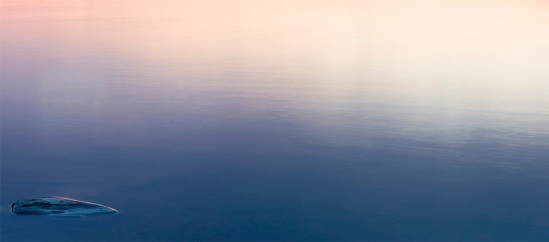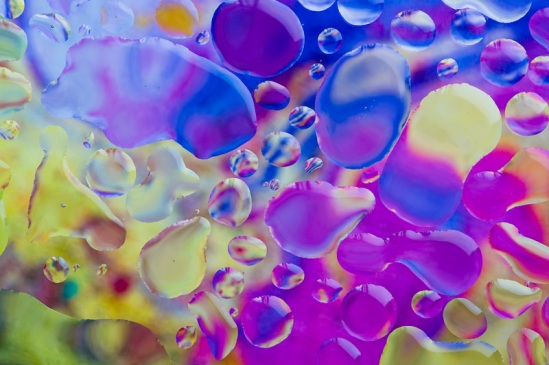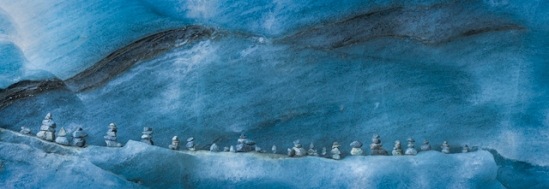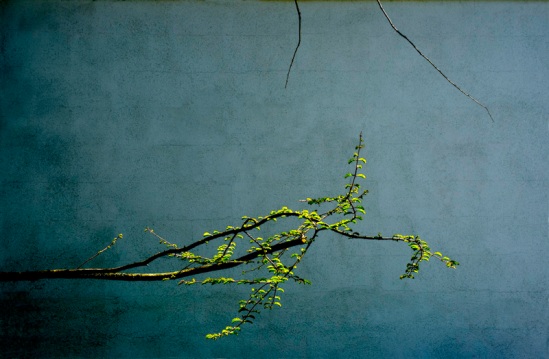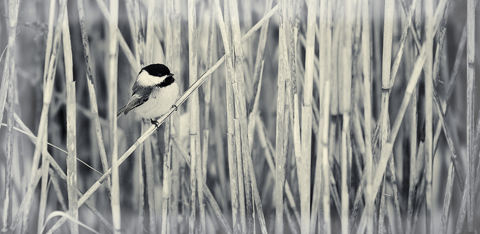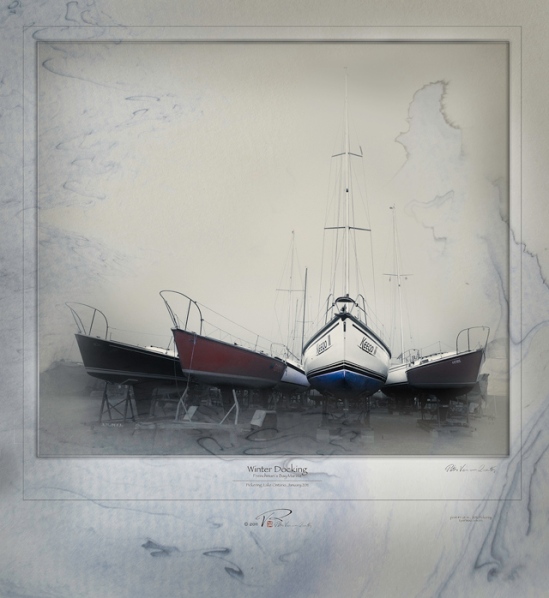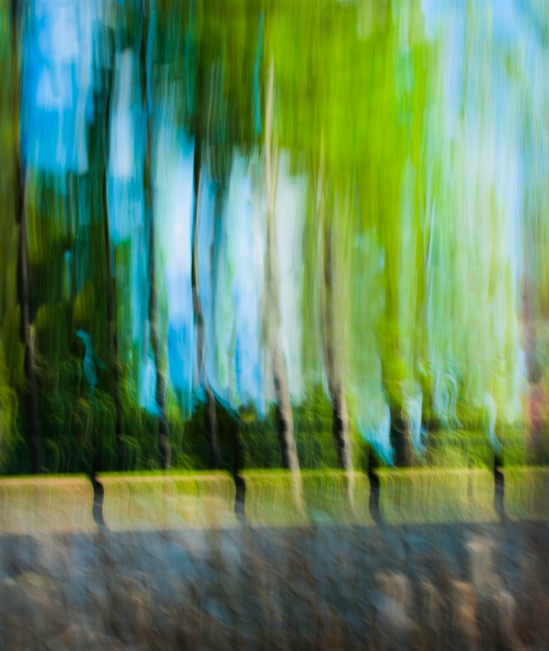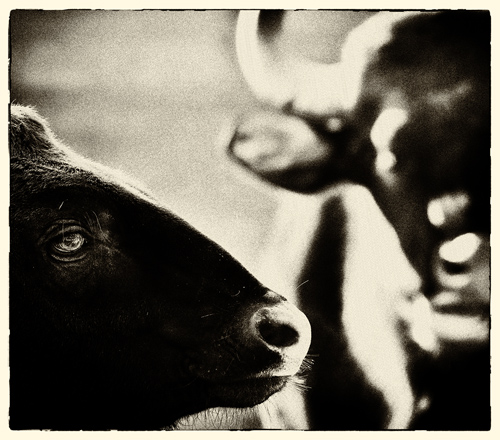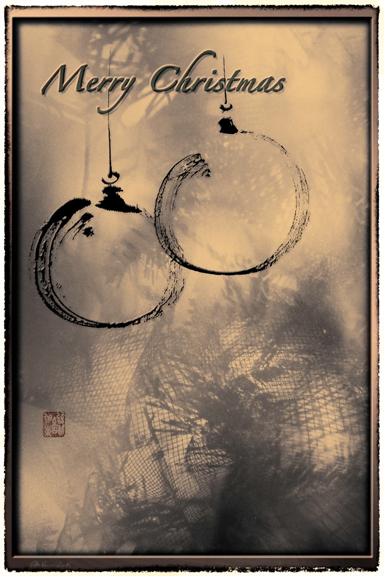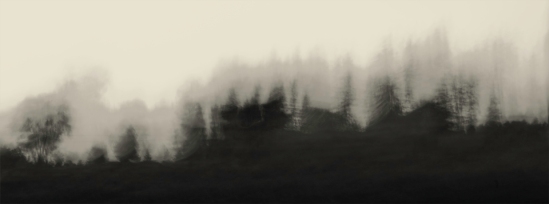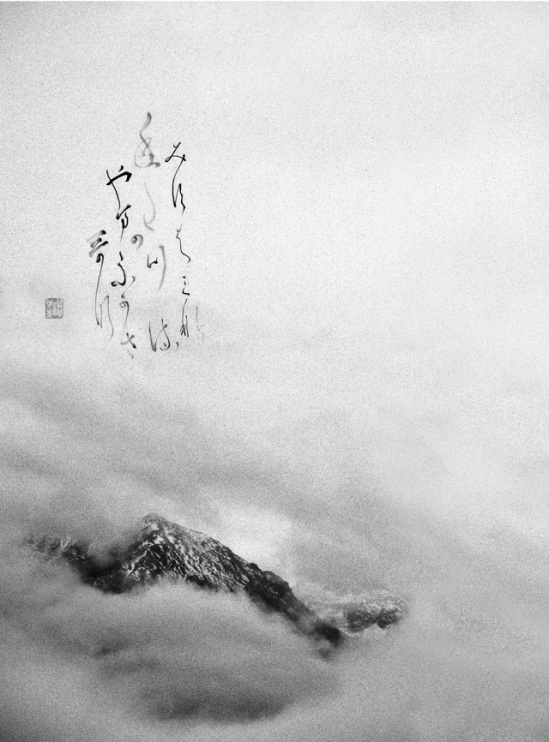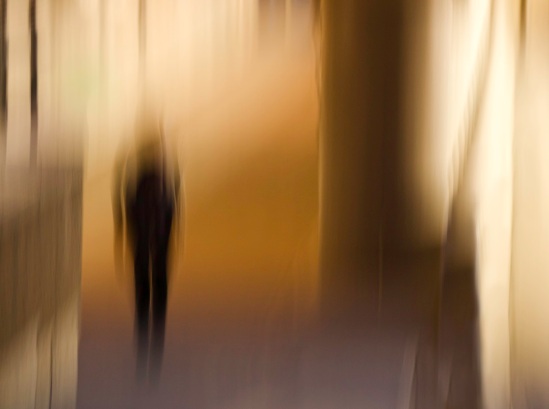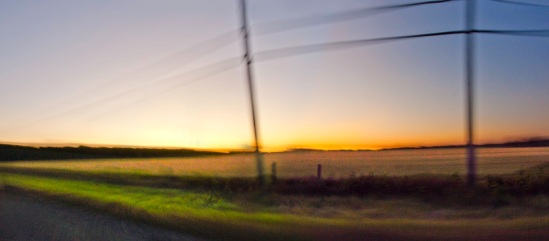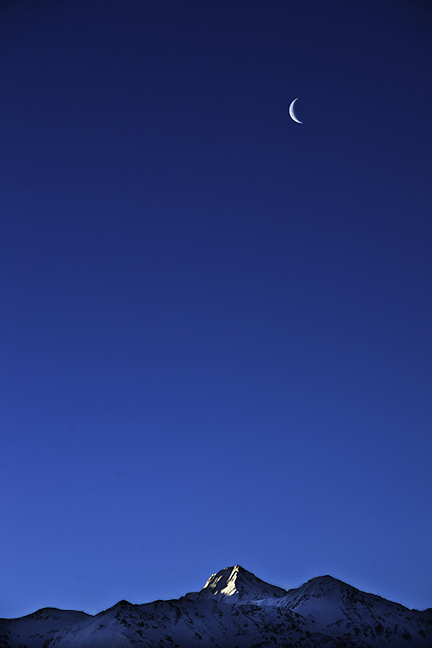If you are interested in seeing your world clearly, the book The Practice of Contemplative Photography provides an approach that is easily and effectively applied without having special prior training in either photography or contemplative practice.
Buddhist teachings may seem like a far-fetched approach to apply to photography, yet, Andy Karr and Michael Wood are able to make us realize how our mind both shapes and controls much of our awareness, understanding, and choices, but then just as well can also confuse those very same awareness and choices in many situations in our lives.
Whilst the Buddhist Way is a tool that enables us to explore a richer and more whole way of living in general, in the context of this book, the authors also draw on the long history and tradition of arts in the Buddhist teaching repertoire, and here we are shown a new and more liberated approach to image making.
In the end, we come away with a deeper understanding of our own photographic process, better pictures no matter the photographic domain of choice, and greater insight into the workings of our mind. The effects of contemplative photography will, no doubt, gratefully carry over into the remainder of our daily lives as well, and benefit not only ourselves, but also all and everyone else we come into contact with.
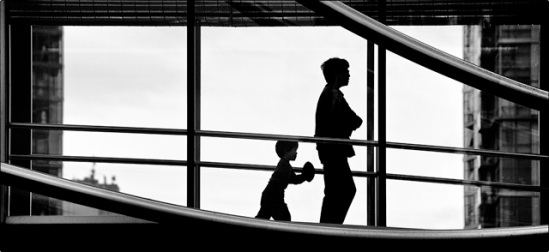
For those of us who have already had experience with some kind of contemplative practice but have slacked in consistency, reading this book may very well be the trigger to bring us back onto the path. For those of us who are new to and just exploring a life of mindfulness, it can solidify a practice and lead us into a greater life of insight and awareness.
GENTLY, WE ARE guided towards creating images devoid of showing what we imagined to see, expected to see, and without concern for technical skills and tricks. Not letting our seeing be influenced by the anticipation of an audience, judgment, or sales potential, we learn to let the image appear and be created without intellectual interference.
It is an automatic process of our mind, in the moment of perception, to place a label onto that perception. This instantaneously inhibits the continuity of pure perception of the world as it is in this moment. Furthermore, we see a sunset and immediately the photographic mind imagines some previously categorized labels, such as glowing-warm-orange, dramatic and sweeping wide-angle view, romantic. Thus, we end up re-creating some pre-existing label.
However, this book is about more than image making. Andy Karr and Michael Wood not only teach us photography without teaching camera work, they also teach us the Good Life without preaching right or wrong. Everyday is a good day, if we only allow ourselves to see mindfully.
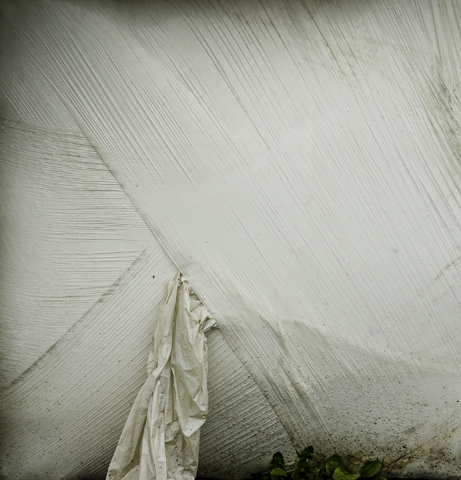
wrapped hay bale
PRACTICE assignments for going out with camera in hand are provided in a sequential manner as travel, work, and move through the book. Specifically, these assignments guide our mind to connect directly with the visual world. The flash of perception becomes our glimpse of living life in the present moment. Colour, light, texture, shape, line, pattern, are what our visual world is, nothing more, and are the building blocks of contemplative photography.
Seeing mindfully can become an integral way of how we live our daily lives, and living our lives artistically will increase our appreciation of the world as it is. We are promised that, if we find the discipline to engage the practice of contemplative photography, though sometimes frustrating, the rewards and pleasing results will keep us going. Being unplugged from the external world of constant stimulus, we may actually find the opportunity to make friends with ourselves. “Solitude is the home of contemplative mind and the space where creativity flourishes.” Solitude can be found in any place if we have the state of mind for it. Exotic places, grandiose Nature scenes, “beauty”, and “photogenic” motives are concepts to free ourselves from in order to see the world as it is, and are not required to practice contemplative photography.
TECHNICAL skills are not the focus of this book; yet, the authors manage elegantly to include concise and easily understandable guidance for the camera novice. Shutter speed, aperture, focal length and distance, focus and depth of focus, automatic and manual settings are all covered with due measure and, in the spirit of contemplative photography, with appropriate simplicity. Basic camera technique, and skills of working with the camera are included. It is, though, kept to a bare minimum of description, and will neither overwhelm nor waste valuable pages of the book’s focus on the contemplative practice of the art.
In the appendix topics such as camera choice, post processing in the digital area, and post-“processing” the images mentally and emotionally are touched upon; all in keeping with the aim of creating a clear image of the original fresh perception.
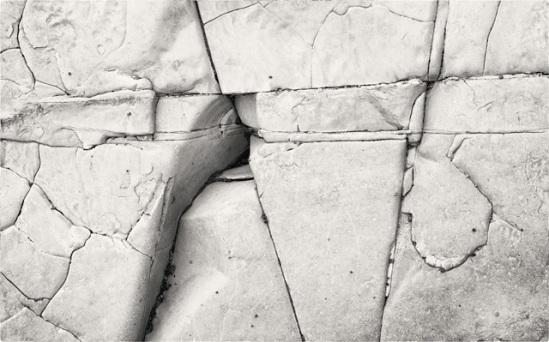
Rock - Newfoundland Shore
PLENTY OF IMAGES by Miksang photographers accompany the text to give us visual examples for studying what contemplative photography looks like in actual picture form.
This practice, in its entirety, is very much about sensitizing our whole being to be more perceptive to life as it happens moment to moment. We become more in touch with the joy of seeing as one of life’s grand treasures.
For all of us, reading, and putting it into practice, can be an inspiration to today go out and see not only the world as we never saw it, but also finding ourselves in the process.
peter
www.crimsonbamboo.zenfolio.com

